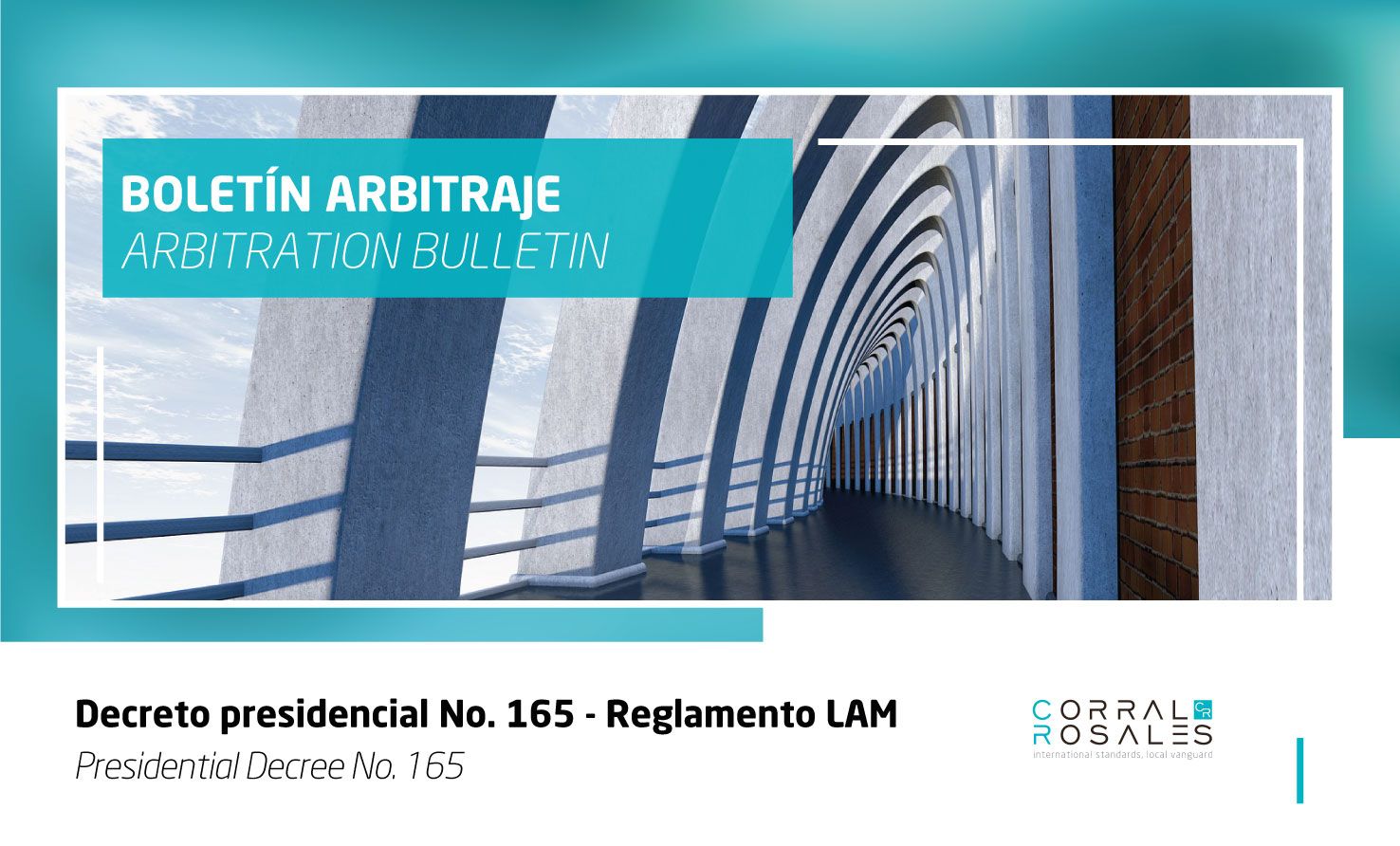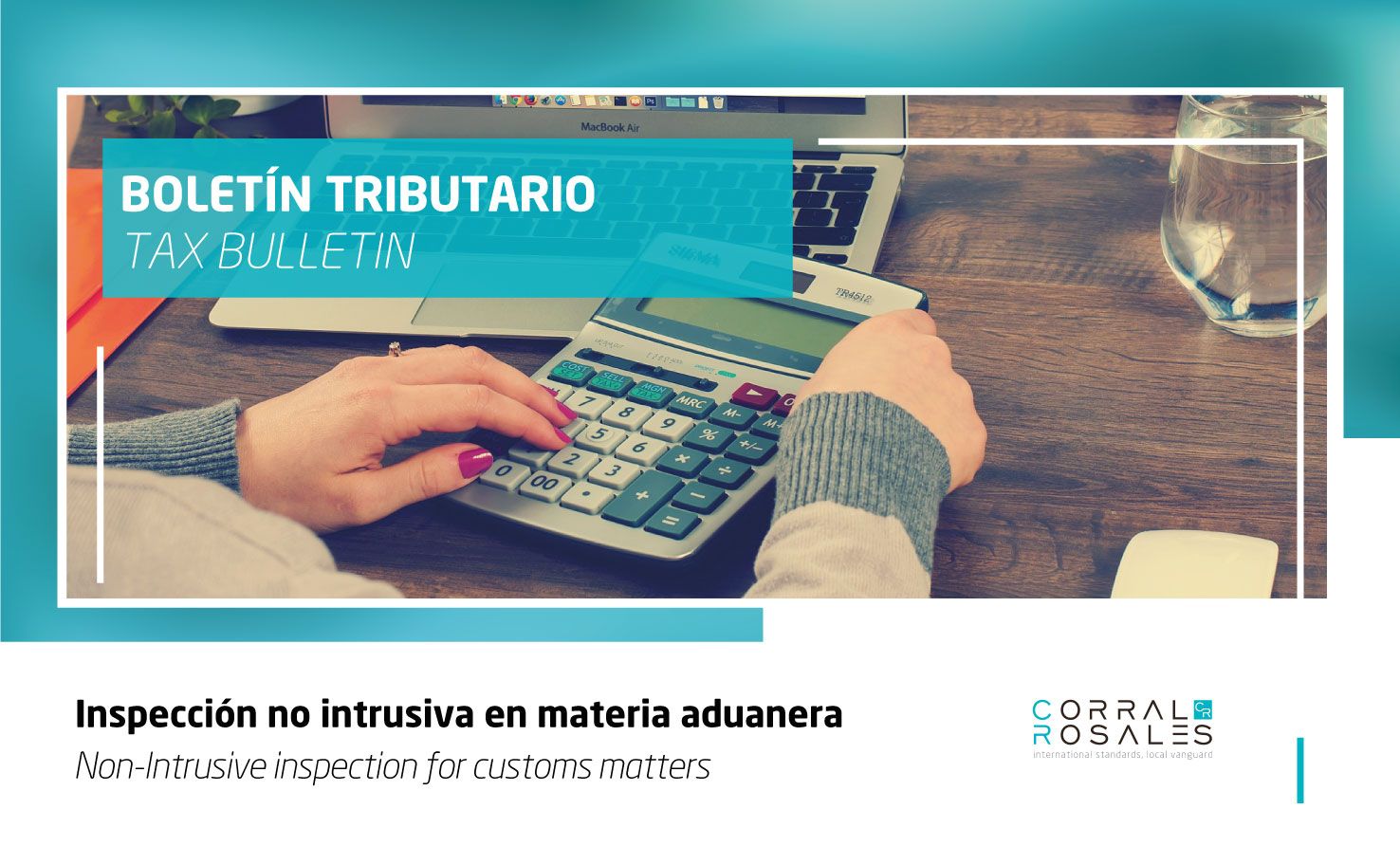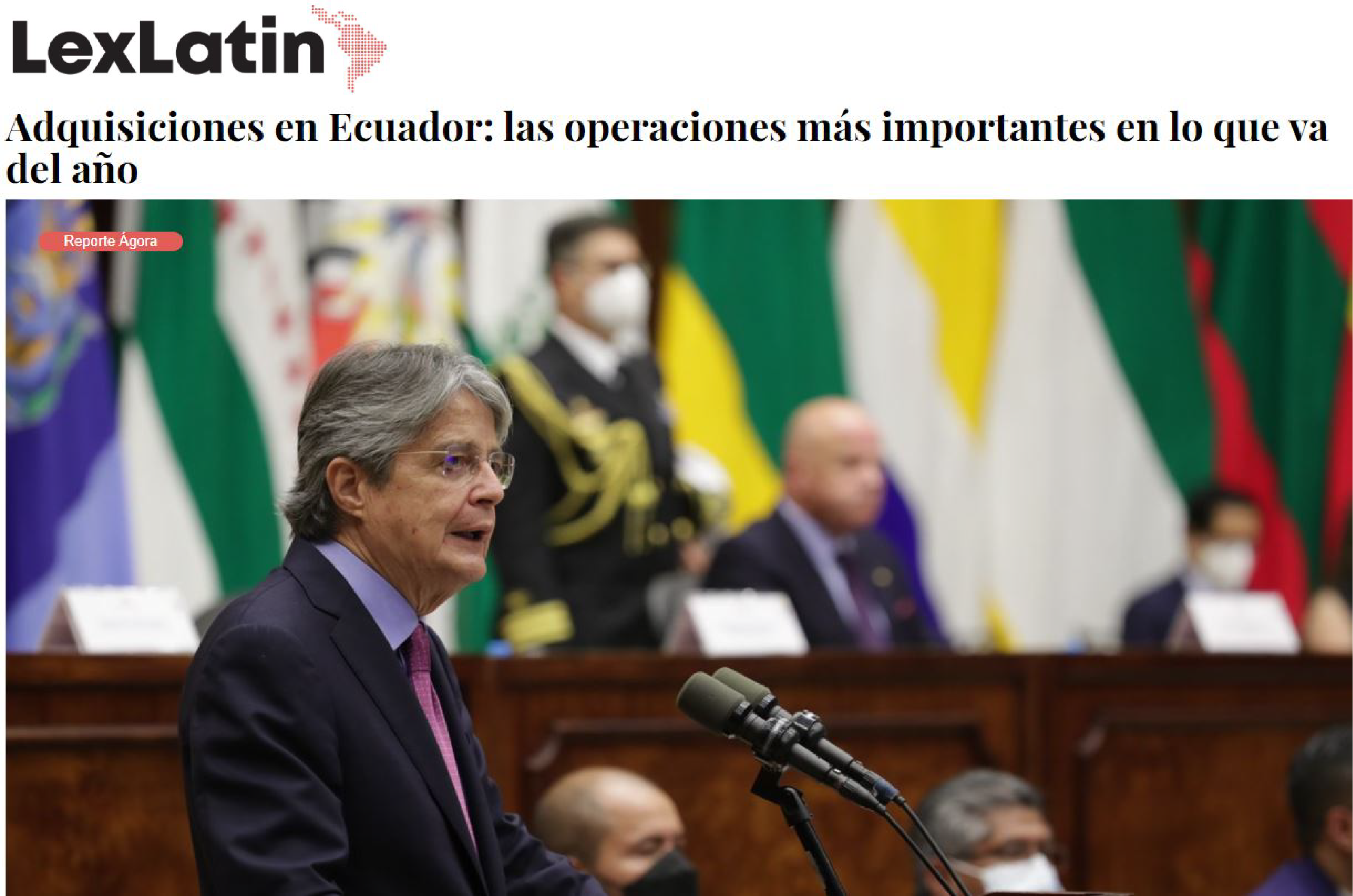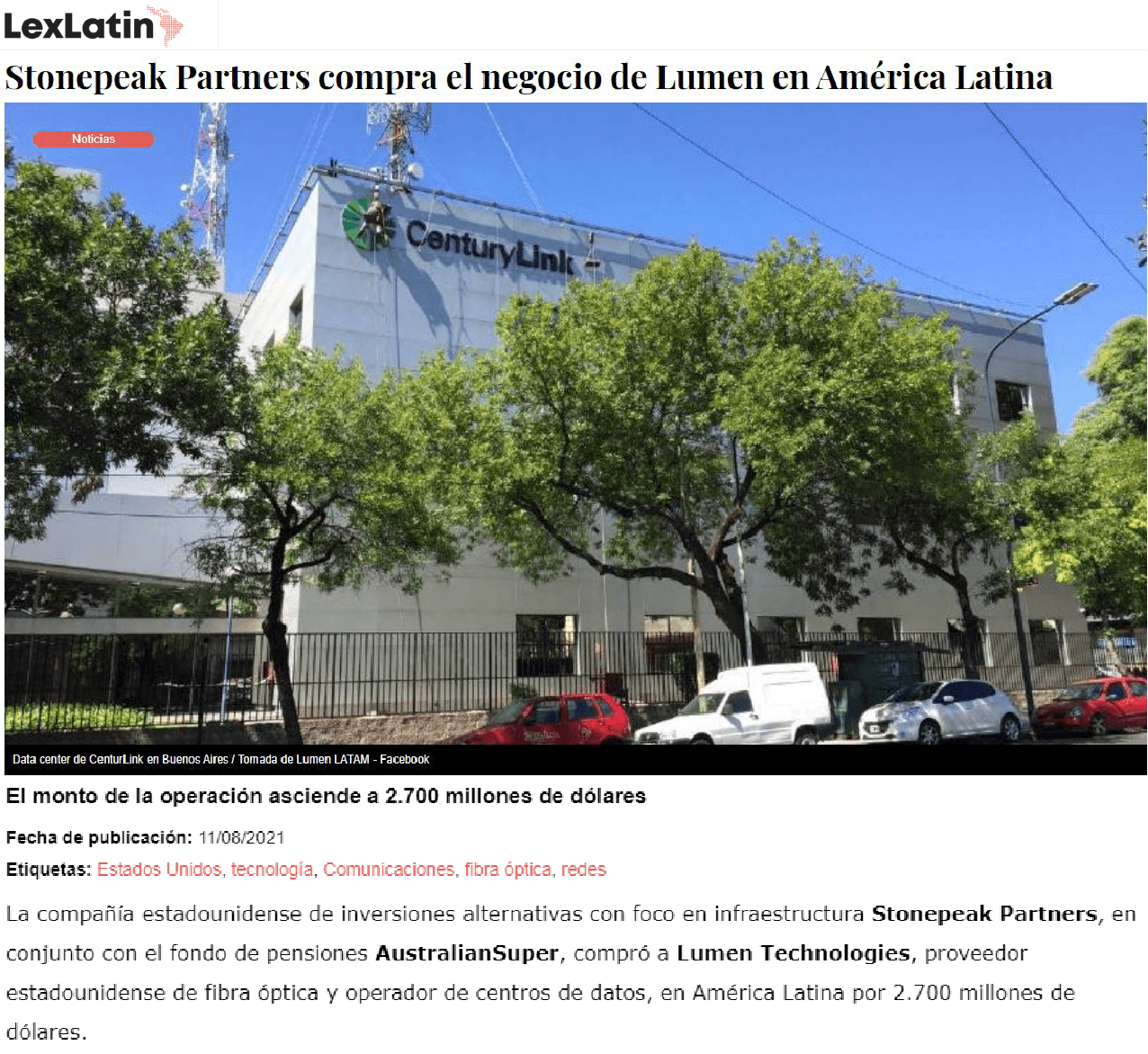On August 18, 2021, President Guillermo Lasso issued a Regulation to the Arbitration and Mediation Law, through Presidential Decree No. 165 (henceforth “the Regulation”. It is worth mentioning that, until its promulgation, Ecuador did not have a similar regulation, and therefore, innumerable contradictory interpretations were generated that distorted the nature of our arbitration process. The Regulation mainly deals with arbitration and public contracts, preliminary measures, annulment actions, among others. The most relevant aspects are detailed below:
1.- Responsibility of Arbitrators
Under this new regulation, arbitrators are subject to liability for damages caused by intent or gross negligence. In addition, the parties involved may agree to arbitrate any action related to the responsibility of the arbitrators.
The arbitration institutions, their directors and employees are subject to an equal responsibility.
2.- Arbitrations and Public Contracts
The Regulation allows arbitration in public contracts with the State and public entities through the following ways:
– By celebrating an arbitration agreement prior to the emergence of the dispute.
– By celebrating an arbitration agreement post-dispute.
– By application of a law or international treaty that allows it.
The arbitrators may decide on the facts, acts or administrative actions referenced in the case, including acts of termination, expiration or penalties.
Furthermore, the Regulation allows a contractor to request an arbitration agreement for a contracting entity. Said agreement will be considered accepted if not replied within 30 days from its reception.
3.- Approval of the State Attorney General (SAG)
The Regulation establishes the need for prior approval by the SAG only for cases where international arbitration is agreed and when the dispute has arisen previously. In addition, the mediation acts which contain an agreement that exceeds twenty thousand dollars, must be approved by the SAG.
4.- Preliminary Measures
The Regulation allows the Court and emergency arbitrators to issue preliminary measures to:
– Maintain the status quo until the dispute is resolved.
– Prevent the continuation of any current damage or the materialization of imminent damage.
– Preserve assets pertaining to the process.
– Preserve evidence.
– Guarantee compliance with obligations related to the arbitration process.
– Preserve the jurisdiction of the court.
Further, it is possible to request measures to ordinary judges prior to the constitution of an arbitration tribunal, without implying the waiver of the agreement. The Court may modify, suspend, or revoke any preliminary measures, either at the request of the parties or ex officio, after notifying the parties
5. Nullity Proceedings
The nullity proceeding of an arbitration award must be resolved within 30 days from its presentation to the Provincial Court of Justice. The abuse of the right in the exercise of the nullity action will be sanctioned in accordance with Ecuadorian law.
To resolve the nullity action, the principles of minimal judicial intervention, specificity, estoppel, validation, and alternation will be observed.
6. Responsibility of the Public Official
Civil or administrative liability shall be incurred by the official who, having refused to sign a mediation agreement, would have caused a resolution against to the public entity, when it was reasonably foreseeable that, through mediation, a beneficial agreement could have been reached for said entity.
7. Mediation for Administrative Disputes
The State or public entities may resolve any administrative dispute by mediation, which may address issues such as: nullifying or modifying acts of termination, expiration, penalties, or fines, regardless of the body that issues them.
8. Scope of the Arbitration Agreement
The Regulation establishes that the arbitration agreement also applies to those whose consent to submit to arbitration is derived, according to the precepts of good faith, from their active and decisive participation in the negotiation, celebration, execution, or termination of the legal business that comprises the agreement. And, to those who intend to derive rights or benefits from the legal business (successors, assignees), and to the administrative bodies who started the actions.
9. Promotion of Arbitration
The Regulation indicates that arbitration will be preferred and promoted in disputes arising out of contracting processes that bind public administrations.
10. Party Autonomy
The parties may freely agree and determine the procedural rules to which the arbitration process will be subject. In the absence of this agreement, the Arbitral Tribunal will adopt the rules that it deems most appropriate for each specific case.
11. Confidentiality
The arbitration centers may include information related to the arbitration in their publications, provided that such information does not identify the parties. Similarly, arbitrators’ resolutions may be published solely for academic purposes.
During nullity proceedings, the parties may request the President of the Provincial Court to adopt measures to guarantee the confidentiality of the process (for example the non-identification of the parties).
12.- Mediation and Deadlines
The presentation of the request for mediation will interrupt the statute of limitations and expiration; These terms will begin to run once the mediation is over.

Specialist in Arbitration
Edgar Bustamante, associate at CorralRosales
ebustamante@corralrosales.com
+593 4 263 0441
Do you want to receive our newsletters with information like the one you just read?
Click here and subscribe.













